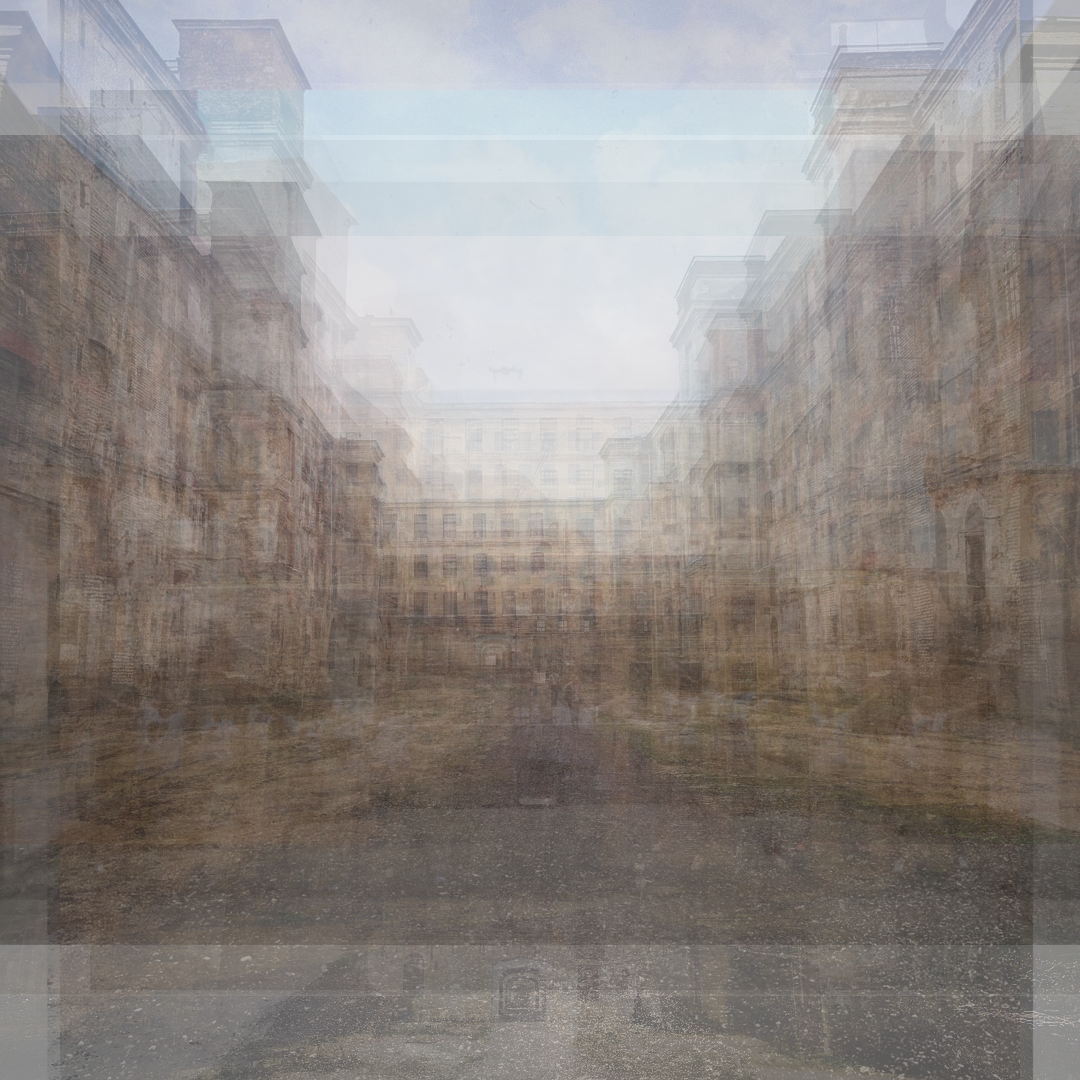Exploring digital metamorphology of Narva city through A.I.
RESIDENCY PROGRAMME I METANAR I 2019
As part of the Spring School, In the metaNAR – Narration for Digital Society Workshop we employed digital means to explore the metamorphology of Narva, processing the digital footprints and mapping the collective landscape of the city digitally.
Approaching Narva city from loose temporal perspective
ABOUT
(Re)configuring Territories is an interdisciplinary research program, aims to produce knowledge about interdependent social, political, geographical and technological processes in the context of Narva and reflect on postcolonial questions on the fringes of the European Union. How can Narva be seen as an example of a post-industrial city? Is Narva a post-national borderland?
Narva Border City, situated on the border of Estonia and Russia has been going through identity crisis. People in Estonia think, it’s not part of Estonia. People from Russia think it as their holiday city.
The city of Narva was approached as an archive. What kind of conflicts and tensions can we find in the different material, informational and social sediments of the city? We dissected city from 3 parameters - spaces, activities and values. Instagram was used as main tool to collect the data.
The image of 3 cities
-
#Нарва

-
#Narwa

-
#Narva

3 cognitive images of Narva | On Instagram the city is geolocated with 3 different names. The photo montages representing the collective image of each shared territory. #metaNAR #metaMorphology
Activities
Montages of Instagram pictures tagged with different geolocations
Creating collective vision of Narva
Images have been created by aggregating the multitude of images taken and posted publicly on social media by individuals and merging them into one “collective” view of the site.
Through Instagram, we found many images of certain sights. People share images of sights that have enthused them in a way or another. By overlapping these images, it is possible to create the collective vision of the city.
Industrial Landscape
Despite living in quite a homogeneous environment comprising of Soviet-style blocks of flats, Narvians and visitors of the city find the beauty around them in distinct places.
We explored this question through the lens of media, gazing at the sites of historical production and present commercial activity as filtered through human experience and technology.
Facades of the city
Narva is known for its districts, which all have a unique character. We went through four of them — Kerese, Pimeaed, Uusküla, and Kulgu — to analyze the many faces of built-Narva. Since most of the buildings in the first three districts resemble similar architectural styles.
Signage across the city
Extracted styles of the signages and advertisement across Narva
Creating new facades of Narva
The Kulgu area,is full of datchas, colorful summer cottages, we took pictures of the summer houses. Every cottage uniquely presents its owner's style, which is otherwise invisible in monolithic Soviet blocks. We trained a GAN using photographs of facades in the Kulgu district. In turn, we had a tool to interpolate within them,
Through .ai we created non existing summer house, allowing us to elaborate on the culture of personalization and self-expression.
Pride of Narva
We collected images of the castles, both on Russian side and estonian border. relying on old postcards and Instagram images. From here, we did two things. An extraordinary feature of Narva and Ivanogorod is the interplay of the two castles, standing in front of each other. We asked some local people: “why do you like to be here?”, and they, animated, replied that “it is the only city which has two castles in one place!”
With help of .AI and the mass of our images, we reconfigured the two castles into a third one – GoroNar.
Together with other participants- architects, programmers and urban planners in the end, we generated material in the form of online microsite which was shared with Narva residents as part of the Narva Urban Lab 2019 open event.









